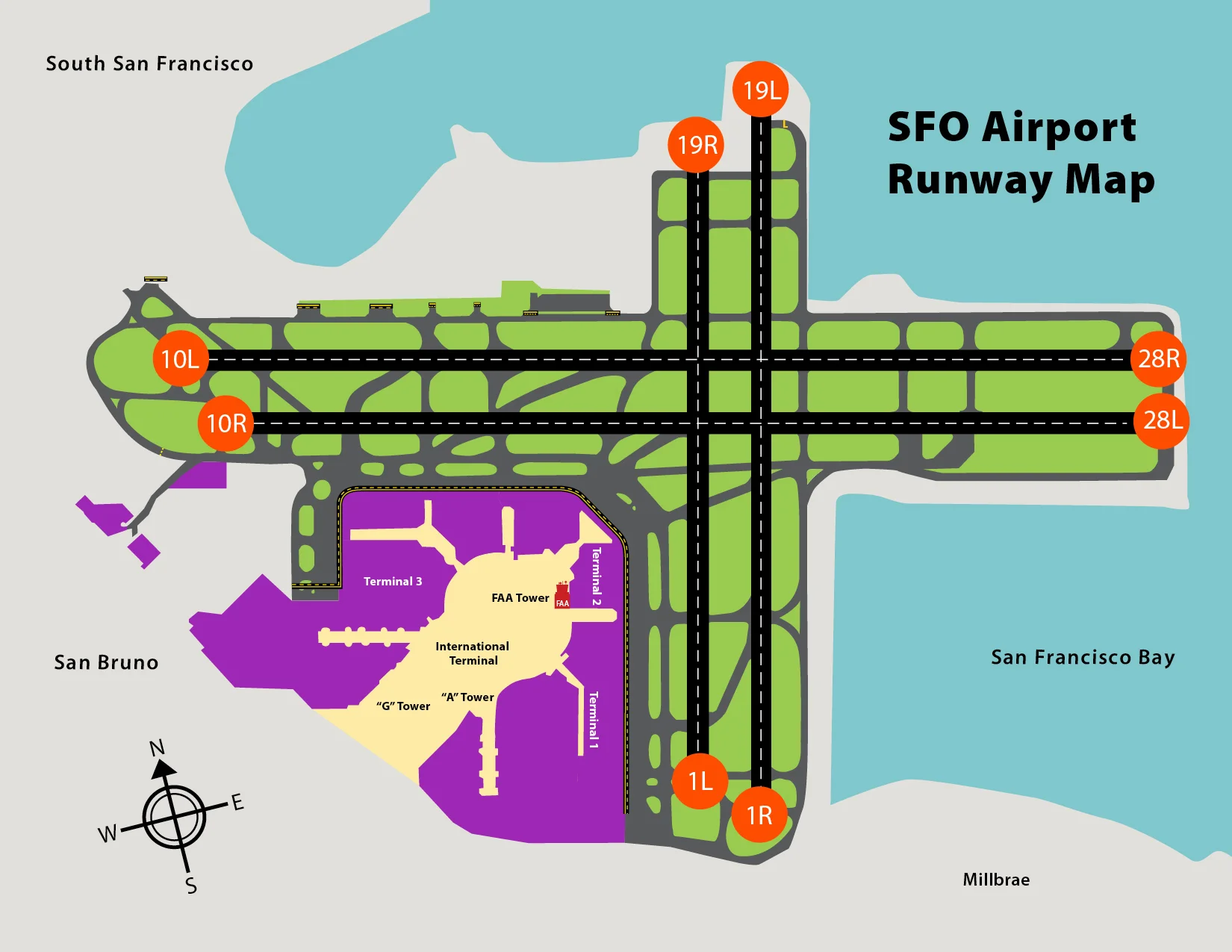In this article, I’ve decided to do something a little different. Below is an average approach pattern for an A320 into 28R at San Francisco airport. We’re going to analyze the environmental impacts of each step. Enjoy!
Arrival (STAR Transition)
- Route: Follow the BDEGA THREE STAR (BDEGA3):
- Waypoints: BDEGA > RISTI > MENLO.
- Descend to 10,000 ft MSL.
- Speed restriction: 280 knots below FL240, 250 knots below 10,000 ft MSL.
- Green Impact:
- Continuous descent operations (CDO) during STAR save fuel and reduce CO₂ emissions.
- Speed limits minimize noise pollution for communities below.
Initial Approach (ATC Vectoring to ILS or RNAV Approach)
- Route: ATC vectors the aircraft to align with Runway 28R.
- Descend to 5,000 ft MSL, reduce speed to 210 knots or lower.
- Aircraft is vectored onto base leg approximately 12-15 NM from the runway.
- Green Impact:
- Avoiding holding patterns reduces unnecessary fuel burn.
- Efficient vectoring minimizes distance traveled, further saving fuel.
Final Approach (Intercept Localizer/Final Path)
- Route:
- Intercept ILS localizer for Runway 28R (Frequency: 111.7 MHz, CRS: 284°) or follow RNAV waypoints.
- Glide slope intercept altitude: 1,800 ft MSL.
- Stabilize approach by 7-8 NM from the runway.
- Green Impact:
- Stabilized approaches prevent excessive throttle adjustments, saving fuel.
- Precision navigation (ILS/RNAV) minimizes deviation and optimizes fuel efficiency.
Landing Configuration (Final Segment)
- Configuration:
- Flaps fully extended, landing gear down by 5 NM.
- Speed stabilized at ~135-145 knots.
- Green Impact:
- Proper timing of gear deployment reduces drag, minimizing fuel burn.
- Stabilized speed reduces engine workload, further saving fuel.
Touchdown and Rollout
- Procedure:
- Touch down in the touchdown zone (1,000–1,500 ft from the runway threshold).
- Use autobrakes and reverse thrust until ~80 knots, then idle thrust for taxi.
- Exit runway promptly via high-speed turnoff or as directed by ATC.
- Green Impact:
- Minimal use of reverse thrust reduces fuel consumption and noise pollution.
- Efficient runway exit reduces ground idling and taxiing time.
